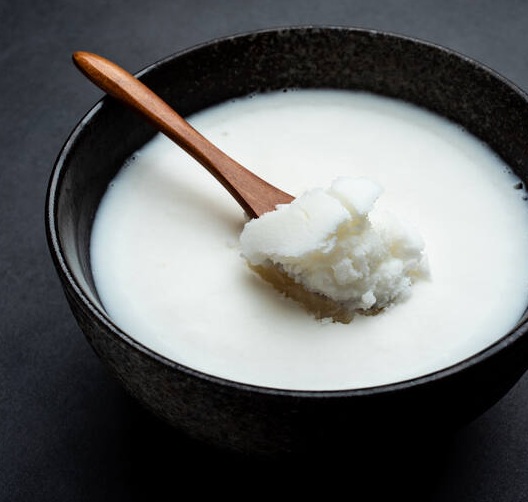Lard in folk medicine – historically used not only in the kitchen
Interesting facts, Tips
Today, we mainly associate lard with the kitchen – as a cooking fat or a spread for bread. However, in the past, it had much broader uses. In folk medicine, lard was one of the basic home remedies, used for both treatment and care.
It was most often used as a carrier for herbs and natural medicinal ingredients. Melted lard was mixed with bark, leaves, or flowers of plants with anti-inflammatory properties and applied to wounds, bruises, or burns. Thanks to its fatty consistency, the ointments penetrated the skin well.
In rural areas, lard was used as a moisturizing and protective agent. It was rubbed on chapped hands, cracked lips, or feet exposed to cold. It was believed to protect the skin from frost and wind – functioning similarly to modern protective creams.
In some regions of Poland, lard was melted and rubbed onto the chest as a warming compress. Occasionally, it was also taken with milk or honey as a homemade remedy “for coughs.”
Goose lard has held a special place in Polish cuisine and home medicine for centuries. It is valued not only for its unique taste and aroma but also for its health benefits. Even today, many people use it as a natural remedy for colds – applied to the chest, it provides warmth and relief, and added to dishes, it supports the immune system.
In folk medicine, lard was regarded not only practically but also symbolically. Fat symbolized strength, energy, and resilience, which is why it was believed that using it helped in the recovery process.
Although today we rarely use lard for medicinal purposes, in the past it was a universal household remedy – protecting the skin, helping with colds, and serving as a base for natural ointments. It is yet another example of the versatile role it played in traditional rural culture.
